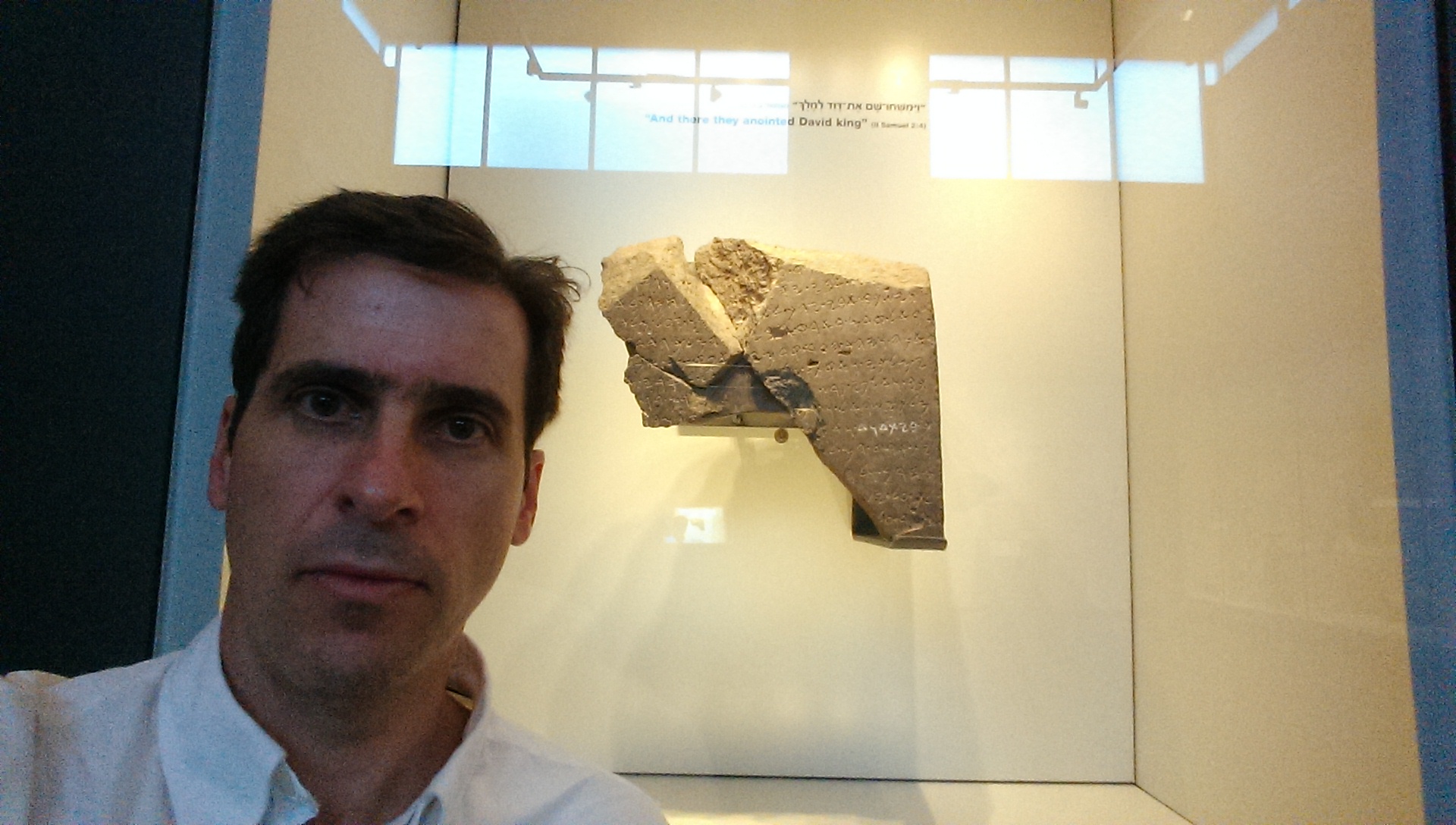An article appeared in the Guardian last week asking if Moses was just a myth. I got into an interesting online discussion with a few InterVarsity friends (Jon, Jesse, Tim and Dan), which led to my last blog where I discussed one problem related to this issue (no mention of the Exodus outside the Bible). The topic of Moses is current since Exodus: Gods and Kings comes out December 12 (see trailer and my initial comments on the film here). In this post I’ll look at a related problem.
Problem #2 Moses isn’t mentioned anywhere outside of the Bible.
The only place we find Moses mentioned is in the Bible. Why isn’t someone as significant as Moses mentioned in other sources, particularly Egyptian ones?
The lack of external validation for Moses is a problem, but not an insurmountable one. Twenty years ago, we said something similar about David. We had no external references to King David. But then the Tel Dan Stele was discovered (1993, 1994), and it mentions “the house of David” only about 100 years after David’s death. This inscription includes the oldest reference to  David. (Yes, that’s me and Tel Dan Inscription from the Israel Museum, Jerusalem. “House of David” is in white, on the right.)
David. (Yes, that’s me and Tel Dan Inscription from the Israel Museum, Jerusalem. “House of David” is in white, on the right.)
The biggest problem, however, with this problem is that it is an argument from silence, a type of argument which you probably already know is notoriously weak. We may never find external validation for Moses outside of the Bible like we did for David, but that doesn’t prove anything.
Mark Chavalas in his article on “Moses” in IVP’s Dictionary of the OT Pentateuch makes many good points about the historical plausibility of Moses. These aren’t proofs, just points that show the historicity of Moses is plausible. I’ll mention three.
First, we know from Egyptian sources that many Semites lived in Egypt during this period of time (Israelites were Semites), and some of them were prisoners of war. On the tomb of Rekhmire we even see laborers making bricks (Exo. 5). There appeared to be thousands of Asiatics in the Delta region (where Goshen was), very possibly working on nearby construction projects.
Second, there are numerous Egyptian papyri and other sources that mention people named Mose during the period of Ramesses. Now, don’t get too excited about this. These almost certainly aren’t references to the biblical Moses, just to the fact that Moses was a name that people used during this period. Probably not as common as Dave is today, but you get the idea.
Three, we find evidence for Egyptian monarchs importing princes from other lands to be trained, a bit like Moses (or Daniel). The Amarna Letters describe this practice. Moses could have been raised in a household that included other non-Egyptians like himself. While the films The Ten Commandments and The Prince of Egypt make it appear that Pharaoh only had two sons (Ramesses and Moses), most ancient royal households had at least dozens—lots of wives, lots of sons.
We do have one ancient source that mentions Moses a lot. The Bible.
Now, some scholars say we should ignore the biblical record because they claim it’s biased. Yes, it is biased, but so is everything else, including the scholars and the archaeologists. Just because something has a bias doesn’t mean it can be used on some level to substantiate history. Despite the claims of scholars like Davies who I mentioned in Part 1, a lot of biblical scholars (not just evangelicals) think Moses could have been real. But those scholars don’t make headlines with their quotes (“Moses Was Real!”—doesn’t seem newsworthy), and they don’t make it onto the Discovery Channel.
I think Moses was real. That’s my bias.
